How to Stop Lab Goggles from Fogging Up?
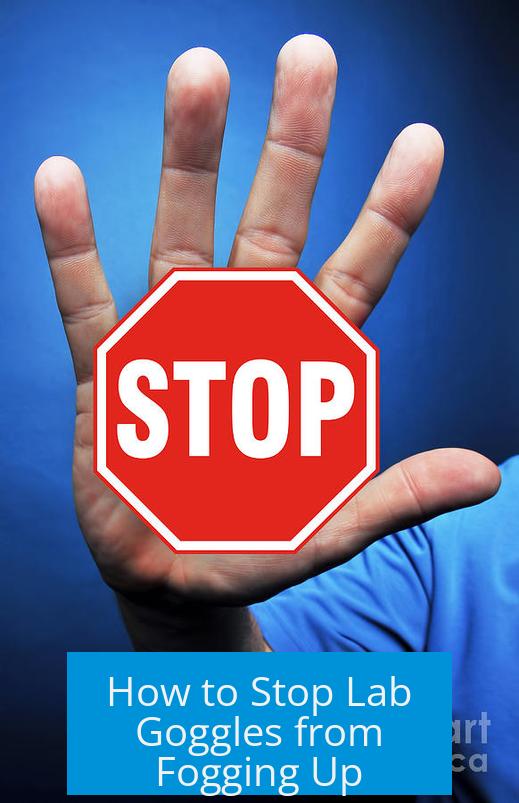
Preventing lab goggles from fogging up primarily involves applying surfactant-based cleaning methods, using commercial anti-fog products, and properly adjusting the goggles to improve airflow. These strategies reduce condensation and improve visibility in laboratory environments, enhancing safety.
Cleaning and Soap-Based Methods
One effective approach is cleaning lab goggles with soap and allowing them to dry thoroughly.
- Wash the goggles well with pure soap. Soap acts as a surfactant, lowering the contact angle and preventing water droplets from forming on the lens surface.
- After washing, allow the goggles to air dry completely for about an hour before use. This treatment can last up to a month without rinsing again.
- Avoid using toothpaste or abrasive cleaners, as they may scratch the lens and reduce clarity.
- Applying a few drops of liquid soap on the inside surface can also help reduce fogging.
- Shaving cream is another soap-based option. Designed to not stick and leave residue, it can clean the goggles effectively and prevent fogging, albeit less commonly used in labs.
Commercial Anti-Fog Products
Several commercial products specifically target fogging issues on goggles and scuba masks. These include sprays, gels, and coatings:
- Anti-fog sprays: Available through laboratory suppliers or online stores, these sprays create a thin film that stops fog formation.
- Scuba mask anti-fog gels: Found at dive shops or online, they spread as a liquid gel on the lens and are rinsed off before use; they work efficiently for prolonged fog prevention.
- Rain-X: A product typically used for car windshields, applying Rain-X to the inside of goggles reduces fogging by creating a water-resistant surface. Buff until the lens is clear and reapply as necessary.
- Windex method: Spraying Windex on the inside of goggles and letting it air dry (without wiping) can prevent fog. Later scrubbing removes residues. This method varies in effectiveness.
- Car windscreen de-icing spray: Applying this spray to the inside lens surface without rinsing allows the residue to prevent fog buildup.
Physical Adjustments and Usage Tips
How lab goggles fit and ventilate has a major impact on fogging. Small adjustments often help.
- Loosen the strap: Goggles worn too tightly can block ventilation ports, trapping moisture and increasing fog. Ensuring a comfortable fit that touches the face, but does not seal airtight, allows airflow and reduces fog.
- Air out goggles periodically: During use, briefly lifting the goggles slightly away from the face lets fresh air enter and clears accumulated moisture.
- Remove rubber seal splash guards: These can restrict airflow. Removing them may improve ventilation.
- Adjust nose fit: If wearing a face mask beneath goggles, bending the nose bridge of the goggles to create a vent can redirect exhaled air away from the lenses.
- Add vent holes: Carefully drilling additional vent holes improves airflow, but requires caution to avoid compromising protection.
- Insert paper towels: Placing folded paper towel between the goggles and forehead absorbs sweat and moisture, reducing fog at the lens interface.
Home Remedies
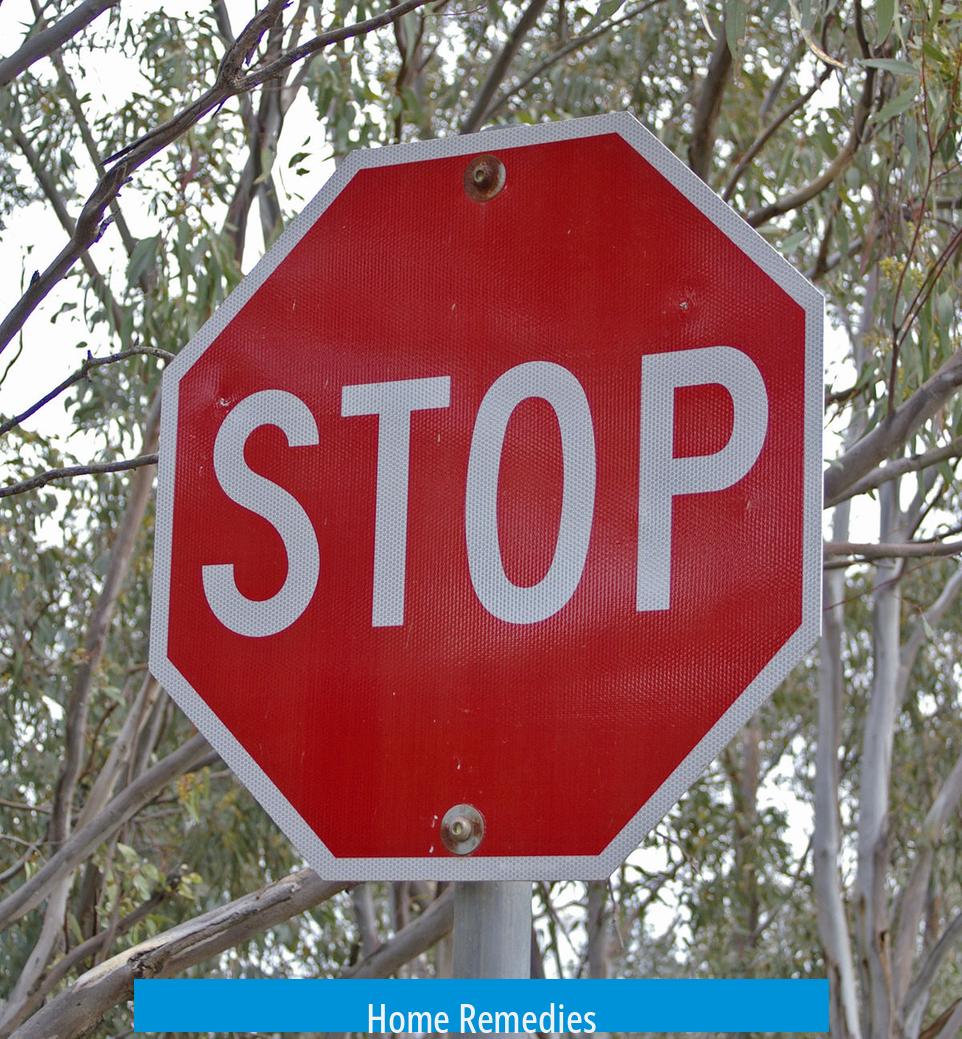
Some quick, accessible methods can also assist in keeping goggles fog-free, especially when commercial options are unavailable.
- Spit application: Though unusual, natural enzymes and surfactants in saliva help prevent fogging. Applying a small amount, then gently wiping the lens can reduce fog.
- Toothpaste caution: Applying a thin film of non-abrasive toothpaste and rinsing can prevent fog. Avoid abrasive types to prevent lens scratching.
- Avoid acetone: Acetone will damage goggle lenses and is not recommended to prevent fog.
Purchasing Goggles with Anti-Fog Features
Your choice of goggles influences fogging significantly.
- Purchase your own goggles if allowed. This ensures a good fit and allows testing for fogging in advance.
- Look for goggles specifically designed with anti-fog coatings. Some products meet laboratory standards for splash and impact protection while reducing fog.
- Examples include commercial goggles like Nemesis VL Anti-Fog glasses, which combine comfort and reduced fogging.
Other Practical Suggestions
- Fogging often increases when the wearer is warm. Cooling down or consuming a cold beverage before lab work may reduce lens fogging.
- Consult lab supervisors about the possibility of applying approved hydrophobic compounds to goggles.
Summary of Effective Anti-Fog Strategies for Lab Goggles
- Wash goggles thoroughly with pure soap and air dry for one hour; the soap prevents water droplet formation.
- Use commercial anti-fog sprays or gels designed for lab safety goggles or scuba masks.
- Adjust the strap to avoid blocking vent holes and allow airflow.
- Air out goggles periodically during use to clear moisture.
- Consider home remedies such as spit or shaving cream, but avoid abrasive substances like toothpaste or acetone.
- Invest in specialized anti-fog goggles that meet safety standards.
- Maintain comfortable body temperature and ventilation to minimize fogging caused by condensation.
How to Stop Lab Goggles from Fogging Up?
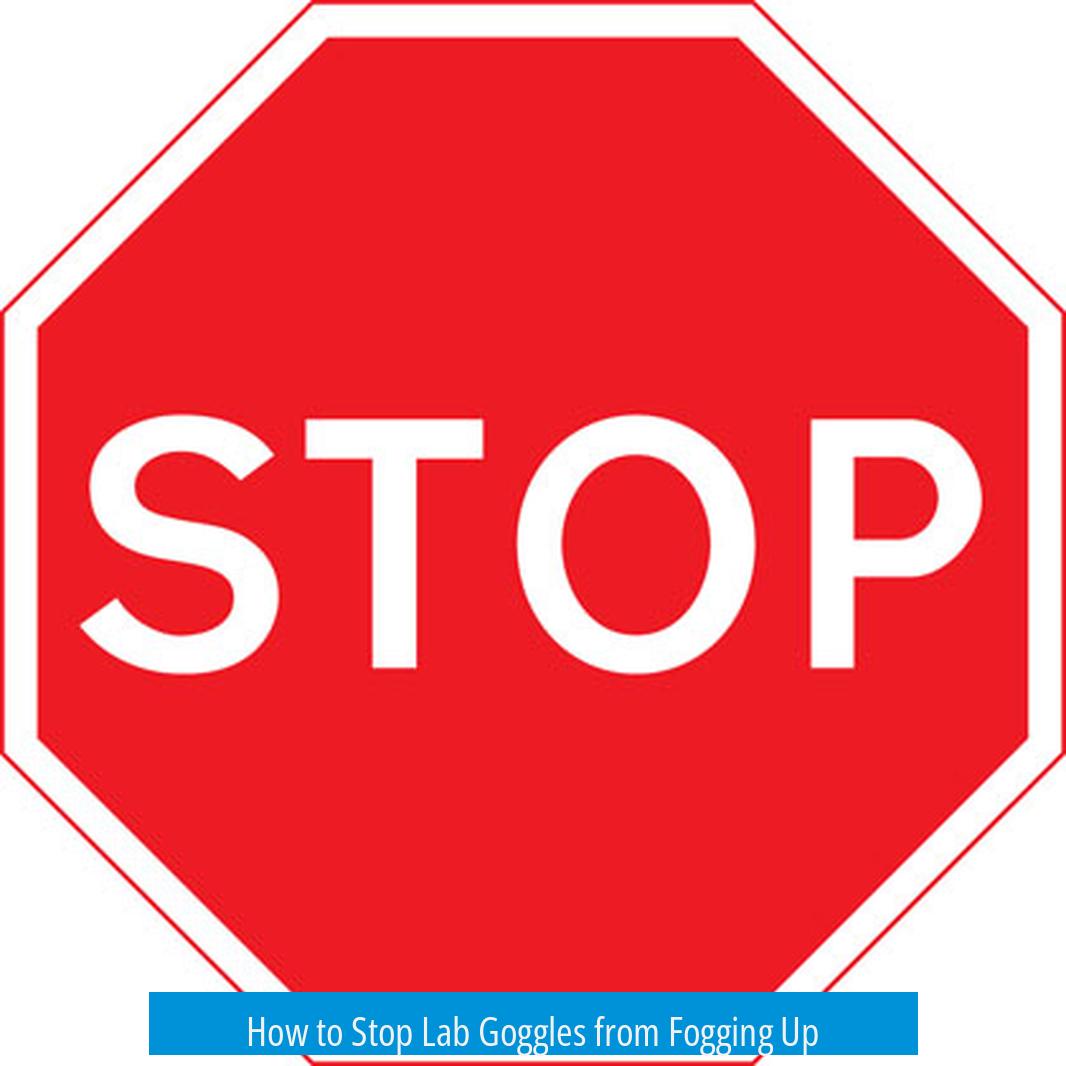
If your lab goggles fog up, the quickest way to stop that misty mess is to wash them thoroughly with soap, let them air dry, and maintain the surfactant film that prevents fog formation. This simple method is effective, economical, and beats constantly battling droplets clouding your vision.
Fogging happens when moisture from your breath or sweat condenses on the goggles’ inside, especially when temperature differences exist. This can be downright frustrating during experiments requiring keen observation. Let’s dive into some proven tricks, practical tips, and fun hacks to keep your goggles crystal clear.
Clean Thoroughly with Soap: The Unsung Hero
One of the best-kept secrets among lab TAs is the power of soap. Washing your goggles thoroughly with pure soap and allowing them to dry for at least an hour forms an invisible surfactant layer inside the lenses. This layer lowers the water’s contact angle, preventing tiny droplets (which cause fog) from forming.
Warning: Skip toothpaste here—it’s abrasive and scratches plastic lenses. Soap is gentle but effective. Some people spread a few drops directly inside and spread evenly. It can last up to a month without rinsing, so you get months of fog-free lenses for pennies.
Home Remedies: Should You Brave the Spit and Shaving Cream?
Yes, saliva might sound dubious, but a thin layer of spit rubbed on the lens and allowed to air dry does contain enzymes and proteins that prevent fog. Surprising but true— just don’t get too carried away.
Another unexpected player is shaving cream. Divers swear by it to keep their masks clear at depths of 40 feet. It cleans effectively and leaves no streaks. Applying a small amount, wiping lightly, and letting the cream dry on the goggles can help. But be cautious—some shaving creams have additives that could irritate your eyes.
Commercial Anti-Fog: When DIY Isn’t Enough
For those wanting a no-fuss solution, commercial anti-fog sprays or gels designed for lab goggles or scuba masks are great. Dive shops sell effective anti-fog gels that you apply, rub in, and rinse off. Lab assistants sometimes keep specialized sprays on hand. Rain-X, often associated with car windshields, can be rubbed inside goggles. Let it haze and buff—reapply as necessary.
Even car windscreen de-icing sprays can work. Spray inside lenses and let them dry without rinsing; the residue prevents fogging. Or try Windex: apply a spray layer inside, let dry completely, then scrub off gently. It creates a fog barrier without smudges.
Adjusting Fit and Ventilation: More Than Just Comfort

Fog doesn’t just form because of condensation. Often, goggles seal too tightly, blocking ventilation vents and trapping hot, moist air. Loosening the strap so the goggles still hug your face but aren’t suffocating can make a massive difference.
One lab assistant observed that overly tight goggles blocked vents, causing fogging. Loosening solved the problem immediately. If the goggles leave big red marks on your skin, they’re too tight.
For ongoing fog issues, take mini breaks to air out goggles during work. Pull the bottoms forward an inch with thumb and forefinger to let fresh air in. This is a swift way to defog on the go without stopping your lab flow.
Simple Modifications Yield Big Results
Consider removing rubber seal splash guards, especially if you don’t handle corrosive chemicals that require tight seals. This increases airflow and reduces fog.
If you wear face masks under goggles, adjust the nose bridge piece to push air away from inside lenses. This redirects breath and reduces moisture buildup.
For the creatively inclined: drilling a few small vent holes is an option. Just be cautious not to compromise safety standards.
Investing in Quality Goggles
If your lab goggles consistently fog despite your best efforts, it might be time to invest in a better pair. Some safety glasses combine splash and impact resistance with anti-fog coatings.
For example, these goggles meet strict safety guidelines and resist fogging well. They even fit comfortably over prescription glasses.
Another recommendation from users is Nemesis VL antifog glasses – stylish and comfy, with notable fog resistance, though no glasses guarantee zero fog.
Warnings: What Not to Use
Caution against abrasive substances: toothpaste, while sometimes recommended, can scratch plastic if rubbed too hard. Don’t use acetone or harsh solvents—they’ll damage the lenses and create bigger problems than fog.
Some Extra Nuggets Worth Considering

- Fogging is often worse when you’re overheated. Try having an ice-cold drink before lab work. Cooling down your core temperature helps reduce fog-forming moisture.
- If allowed, ask supervisors whether you can apply hydrophobic compounds. This might not always be permitted due to contamination concerns.
- Folding a paper towel between your forehead and goggles can absorb sweat and improve comfort, indirectly reducing fogging.
Why Does Soap Work So Well?
Soap molecules act like tiny sentinels: one end bonds to water molecules, the other repels them. This reduces water’s ability to form droplets and instead allows moisture to spread as a thin, clear layer.
This surfactant film takes away the visual barrier of fog while remaining virtually invisible. That’s why just washing with soap and letting goggles dry makes a lasting difference.
“As an undergraduate lab TA, I always recommend washing goggles with soap and letting them dry for an hour. It’s cheaper than any anti-fog spray and lasts about a month if you don’t rinse it off.” — Lab TA
Practical Takeaway and Step-by-Step Guide
- Rinse your goggles with warm water to remove dust and debris (be gentle!).
- Apply a small amount of pure liquid soap inside each lens.
- Spread it evenly without causing streaks; avoid excessive soap.
- Let goggles air dry for at least an hour; don’t rinse off the soap layer.
- If fog returns after weeks, repeat the process.
- For deeper fogging issues, supplement with a commercial anti-fog spray.
- Adjust your goggle straps to ensure proper ventilation.
- During long sessions, occasionally lift the goggles slightly to allow a quick airflow refresh.
Final Thoughts
Foggy lab goggles can slow experiments and chip away at your patience. Yet, clearing up the fog is usually a mix of science and simple hacks. Soap-based cleaning rules as the budget-friendly champion, while commercial anti-fog products and thoughtful adjustments ensure clearer vision.
Want to reduce fog on goggles without emptying your wallet? Start with a good wash and drying session. Fancy splurging? Dive shops and lab stores offer effective anti-fog treatments, from Rain-X to scuba gels. Don’t forget fit and ventilation—they’re just as important.
So, next time you gear up for lab work, ask yourself: Have I prepped my goggles for the fog war? With these insights, you’re armed to see clearly and work safely—no mistaking that!


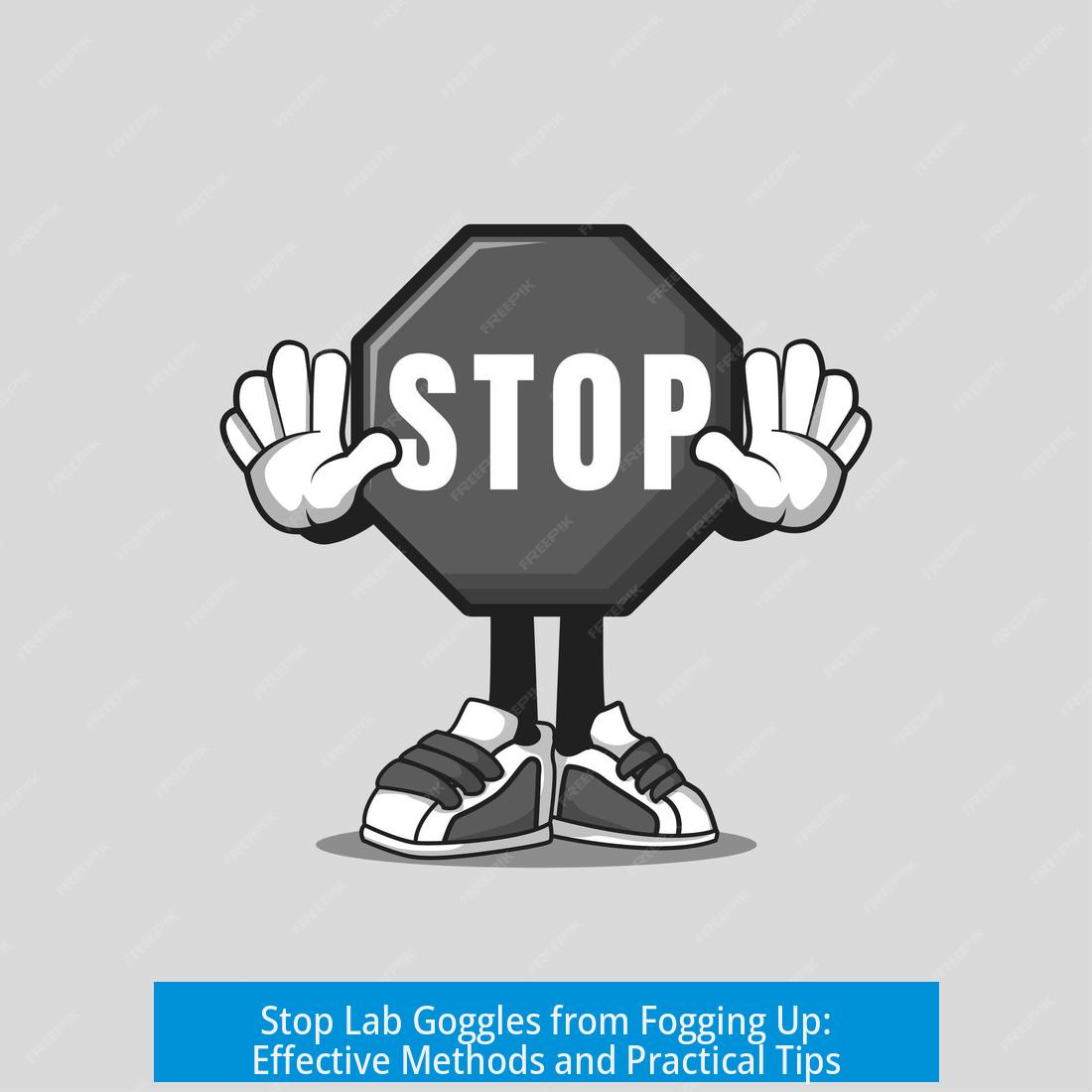

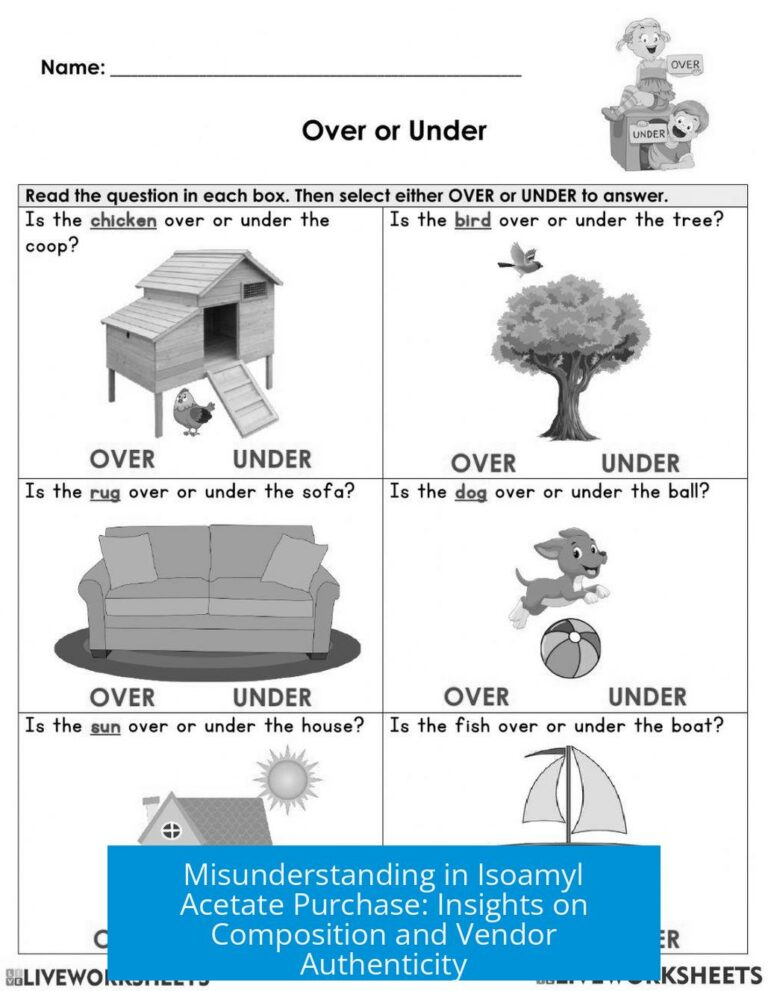
Leave a Comment